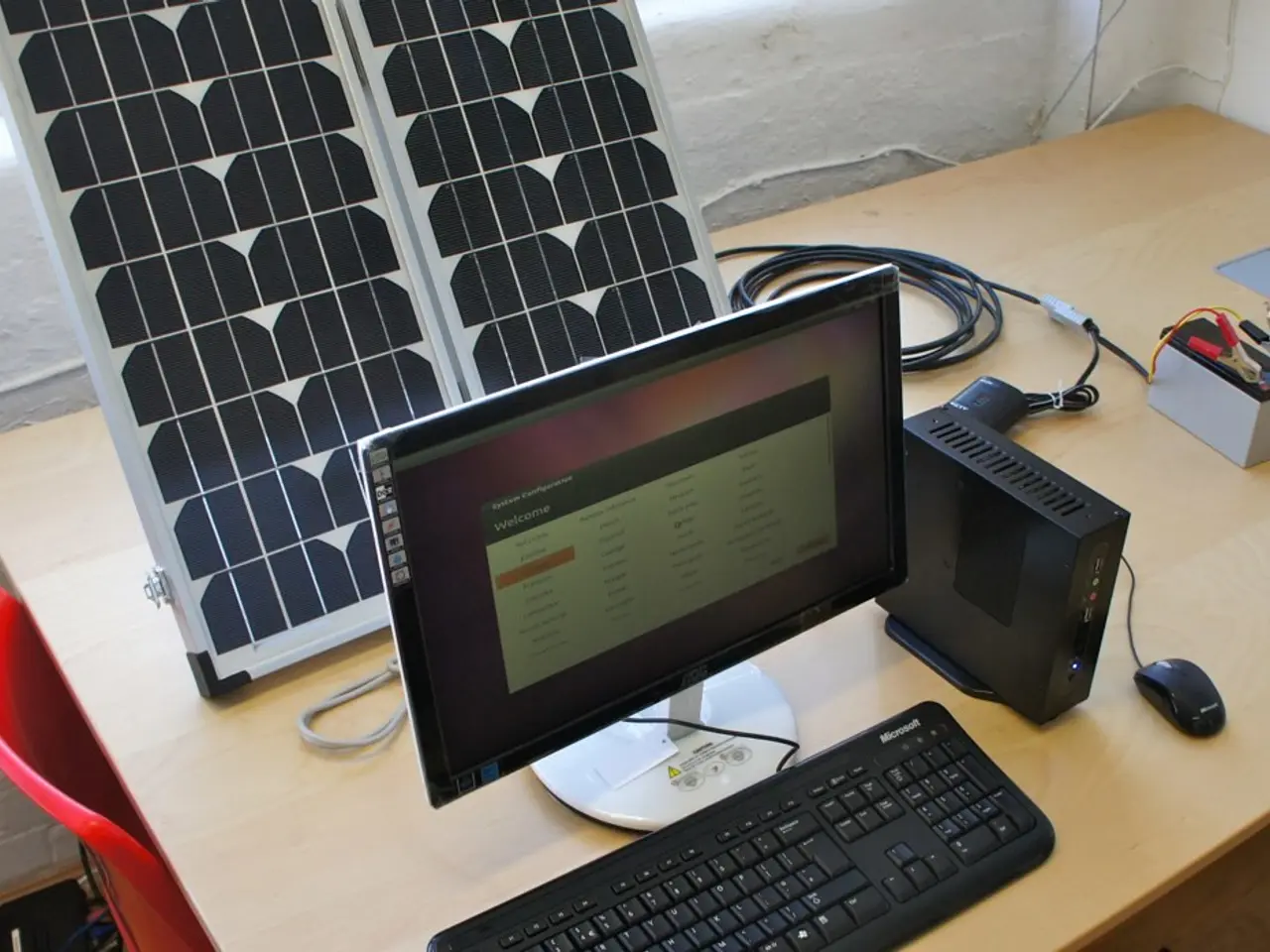Horizon Europe PEARL Project Achieves 21% Efficiency in Flexible Perovskite Solar Cells
The Horizon Europe PEARL project, a collaborative effort of ten European partners, is making strides in developing next-generation flexible perovskite solar cells. Initial assessments indicate a potential reduction in carbon dioxide footprint of over 50% through the use of carbon electrodes, recycled PET, and green energy.
The project has achieved a significant milestone with a solar cell efficiency of over 21% on flexible PET substrates. This breakthrough is attributed to the collective efforts of various partners. Perovskite materials, which are abundant and have strong light absorption capabilities, can be produced at low cost, offering a promising alternative to silicon cells. However, stability issues have been a challenge. To address this, the consortium has developed protective encapsulation that ensures solar cell stability for over 2,000 hours under damp-heat conditions.
Research institutions such as the Spanish ICIQ, the University of Rome Tor Vergata, Finland's VTT, and the Dutch TNO have been instrumental in scaling up roll-to-roll coating and printing to larger formats. This has resulted in flexible minimodules with an area of 36cm² and a power conversion efficiency of 4.5%. The PEARL project aims to further improve these efficiencies to over 25% and substantially lower production costs.
The PEARL project, focusing on incorporating carbon electrodes into perovskite solar cell architecture, seeks to enhance efficiency, stability, and cost-effectiveness. With its ambitious targets and successful initial results, the project is poised to contribute significantly to the development of next-generation flexible solar cells, potentially reducing the carbon dioxide footprint of solar energy production.





